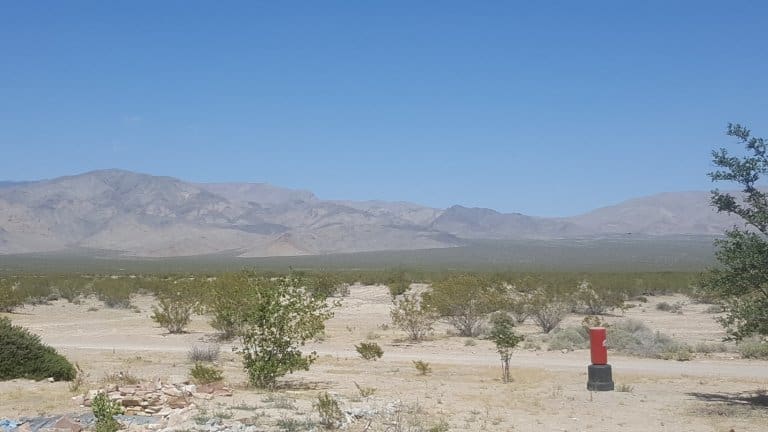Nature Study in the Desert

If you are a homeschooling family, you have likely heard of nature study. It is easy to imagine how one might have a vibrant nature study in a forest, near the ocean or in lush green environments. What about the desert? Is it really possible to do nature study in the desert?
What Do You Mean by Nature Study?
Charlotte Mason was a British educator who believed strongly that education was a way of life. She relied heavily on “living books,” high-quality literature as opposed to boring textbooks or mindless “fluff.”
A central component of a Charlotte Mason approach to education is the idea of nature study. Charlotte Mason found that a study of nature was the primary foundation for any study of science.
In doing nature study, no curriculum is required. Children need only be given the opportunity to explore their environment independently. Children need quiet self-directed opportunities to explore and feed their natural curiosity.
Children are then able to document, either in written word or through pictures, what they have found. The parent’s role in nature study is that of a patient guide. They are ready to answer questions and help give direction where needed, but it is imperative that children be given freedom to explore and encouragement to follow their own interests and curiosity.
Why do Nature Study?
How does a relatively unstructured nature study provide value? Why not choose a natural science curriculum? These are some valuable questions when considering the possibility of nature study.
A very practical benefit to nature study is simply that it gets children outside and moving. Anyone who is home with kids knows that any opportunity to get children outside and exerting energy makes for a happier day.
Besides the simple benefit of an outlet for children, nature study encourages children’s natural curiosity. Anytime children are given the chance to explore they are unlocking critical thinking skills and establishing an innate love of learning.
When children love to learn there is nothing they cannot master. Nature study is a powerful way to give children confidence in their natural curiosity.
Nature study also develops a love of and appreciation for the world around us and specifically the child’s own immediate environment. This helps to develop good stewards of the earth.
Nature study provides the foundation for all further scientific exploration and study. While interacting with their natural environment children learn basic scientific principles. They begin to understand the interconnectedness of the world. Nature study translates and flows into further scientific curiosity.
Nature Study in the Desert? How Does That Work?
With an understanding of nature study, it might be easy and rather lovely to imagine walking through a meadow studying wildflowers and deer, or walking along the beach exploring sea life, or hiking through the woods observing amazing vegetation and animals and insects everywhere you look. But the desert?
The desert is dry and lifeless, isn’t it? When we think of the desert we imagine dry, cracked, parched ground with the occasional brown shrub and tumbleweeds blowing across by.
The desert certainly does not, on first thought, seem to be ripe for nature study. Surprisingly, the desert is teeming with life. You just have to look a little harder to find it.
When walking in the southern Nevada desert, you might cross coyote tracks, shed snake skins, creosote bushes and hawks.
My family moved out of the city and to a rural town in the southern Nevada desert. Soon after we moved into our new home we realized just how alive the desert is!
While the children were out exploring their new land, they found a desert tortoise wandering across our property. Well-meaning friends from the city quickly suggested we build this amazing tortoise a habitat out of PVC pipe.
The thing was, we live in his habitat! The desert is home to countless creatures. My children have found many varieties of wildflowers, insects, rabbits, and even coyotes. There are hawks and doves as well as giant lizards.
A day digging the dirt will uncover countless treasures that nature provides.

Children in Nature: Their Natural Classroom
Children are curious, they love to explore, they seek to understand the world around them while they maintain an awe about the grandeur of it all. Even in the hot, dry, desert there is ample opportunity for exploration.

A child’s immediate environment can be his or her most enlightening learning environment. Beyond just learning native desert vegetation, a child learns how to observe. Beyond learning how ants march in a line, a child learns how teamwork is modeled even among the smallest of creatures.
A child who gets excited about her or his environment might learn how to share that excitement with friends and family. An excited discovery of new snake holes may turn into an opportunity to work on public speaking.
In an effort to capture the beauty of cactus in bloom a child may hone skills in art. Our world is full of mystery and wonder as are our children, nature study is our most natural education.







I am enjoying your posts, Ruthann. I, too, have done desert nature study and you are absolutely right. It can be interesting and educational. It is great to hear from fellow Charlotte Mason homeschoolers. Thanks for sharing!